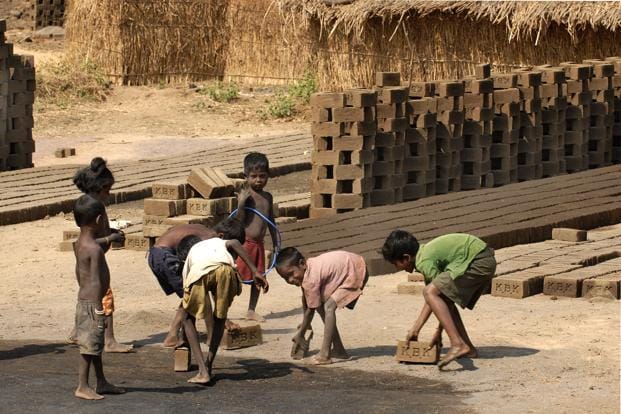Written by Meghana Bhukya (Sem. II)
Certain provisions in the Interstate Migrant Workmen Act, 1979 have become loopholes in the legal framework.
Last month, a committee of the National Human Rights Commission (NHRC), for the first time, proposed bringing bonded labour under the ambit of human trafficking laws.
That is because, despite existing legal provisions, bonded labour continues to afflict vulnerable groups such as women, children, and marginalised communities.
Many children from distressed migrant families, especially SCs and STs, end up as bonded labourers. They are forced to work in “3-D jobs” — jobs that are dangerous, difficult, and dirty.
The sectors that frequently employ bonded labour are brick kilns, agriculture and textiles. The problem appears with various names in non-farming sectors including small scale industries.
Earlier, the NHRC had taken steps such as issuing advisories to identify, release and rehabilitate bonded labourers. But rescued bonded labourers face threats and delays in registering FIRs, complicating their path to justice.
The persistence of bonded labour in various industries indicates much more needs to be done.
Experts point to loopholes in the agent / middlemen clause of the Interstate Migrant Workmen Act, 1979. They suggest industry-specific regulations for brick kiln workers including better working conditions.
Bringing the bonded labour under human trafficking also underscores the seriousness of the issue and reinforces the commitment to uphold human rights and dignity for all individuals.
* * *
